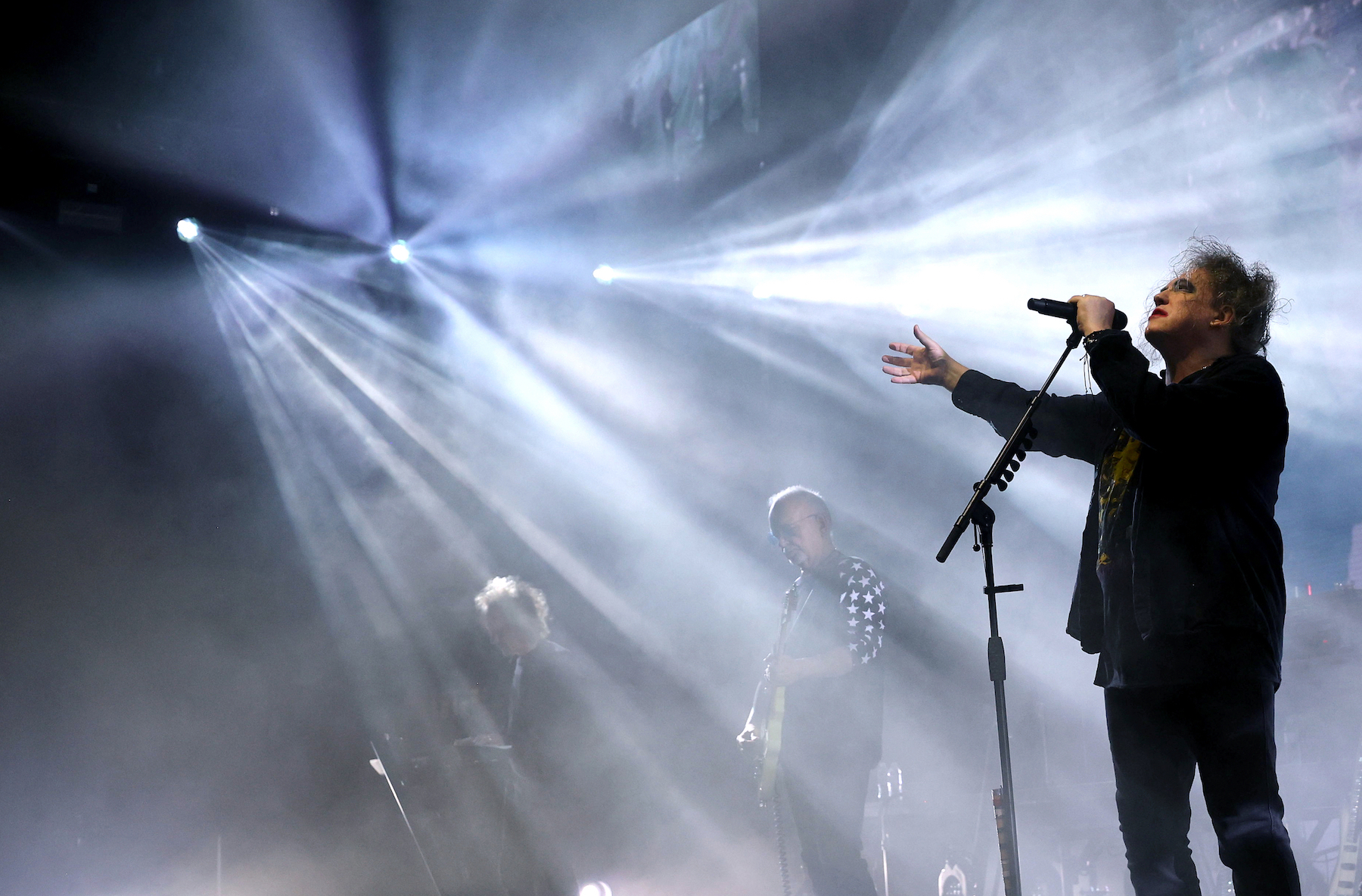How does The Cure always know what we’re feeling, even before we do?
It would be euphemistic to say that 2024 was transformative: war, death, struggle, strife. And near the end of it all, on November 1st, The Cure delivered Songs of a Lost World, released 16 years after 2008’s 4:13 Dream, and 45 years after their 1979 studio debut, Three Imaginary Boys.
More from Spin:
No matter how you define the last four-and-a-half decades of The Cure’s career, we can all agree that no matter what phase they’re in—from moody post-punk to poppy new wave—they are unapologetically exactly who they are.
In this industry, the word “artist” is thrown around daily, liberally, and at pretty much everyone. Songs of a Lost World is reflective of a great band’s undeniable evolution and true artistry. It is elegant, gut-wrenching, and indisputably authentic—an absolute masterpiece.
The album doesn’t talk down to us, it elevates us—when we need it most—so much more meaningful than a hit-after-hit stadium-filled danceathon. In eight epic tracks, Songs of a Lost World sonically lays our story out for us—personally and collectively—bones and all.
And listeners reacted, grateful for the spigot, emotions flowing openly.
By the time we’re 10 seconds into the opening track, “Alone,” we know we’re in for an emotive, melancholic saga of Odysseus-level proportions—and that’s just the beginning. From there, we travel into “And Nothing Is Forever,” a tale of heartbreak and isolation which, as only The Cure can do, reminds us through shared experience all is not (all is never) over. “Warsong,” the fourth track, is a provocative commingling of strength and sadness. By the time we get to “Endsong”—with its battle-march drumbeat—we will never be the same.
To see our running list of the top 100 greatest rock stars of all time, click here.
